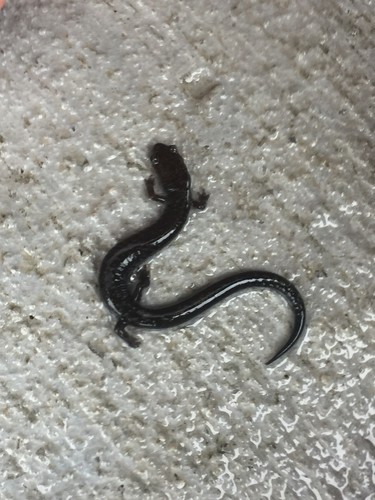Ravine salamander
A species of Woodland salamanders Scientific name : Plethodon richmondi Genus : Woodland salamanders
Ravine salamander, A species of Woodland salamanders
Scientific name: Plethodon richmondi
Genus: Woodland salamanders
Content
Description General Info
 Photo By jacobogre , used under CC-BY-SA-4.0 /Cropped and compressed from original
Photo By jacobogre , used under CC-BY-SA-4.0 /Cropped and compressed from original Description
The ravine salamander (Plethodon richmondi) is a species of salamander in the family Plethodontidae, which is endemic to the United States. It is threatened by habitat loss.
General Info
Lifespan
10-20 years
Diet
The primary food of ravine salamander consists of small invertebrates, with a strong partiality for spiders and insects. With keen foraging instincts, they systematically seek out these tiny prey in their natural forest habitat.
Appearance
Ravine salamander is a medium-sized salamander characterized by its smooth, moist, and mottled skin. Its primary coloration is a rich, dark brown to almost black, with irregular blotches of lighter tones. It lacks the ridges typical of some salamanders and its body is moderately stout. Its legs are short, proportionate to its body, and it has a long, round tail which could be regenerated if it's lost. No significant variations due to age or gender are noted.
Behavior
Ravine salamander is essentially a solitary species, mostly leading a nocturnal existence. The species exhibits unique defensive behavior, secreting a skin toxin when threatened. Nocturnally, they forage for invertebrates, and can extend their tongue with great speed to catch prey. They're non-migratory, favoring moist, forested habitats. Remarkably, ravine salamander has direct development, its eggs hatching directly into a small, fully formed replica of the adult.
Population
Stable
Scientific Classification
Phylum
Chordates Class
Amphibians Order
Salamanders Family
Lungless salamanders Genus
Woodland salamanders Species
Ravine salamander